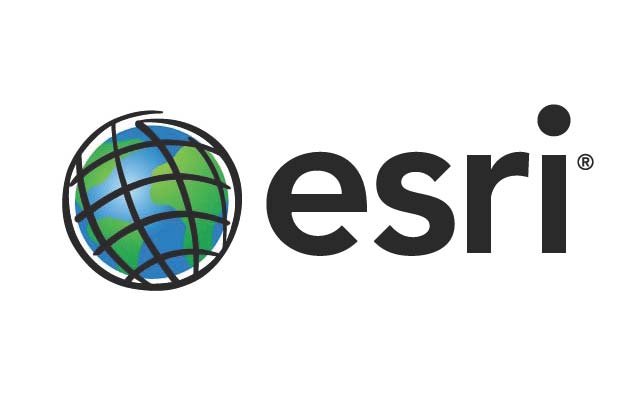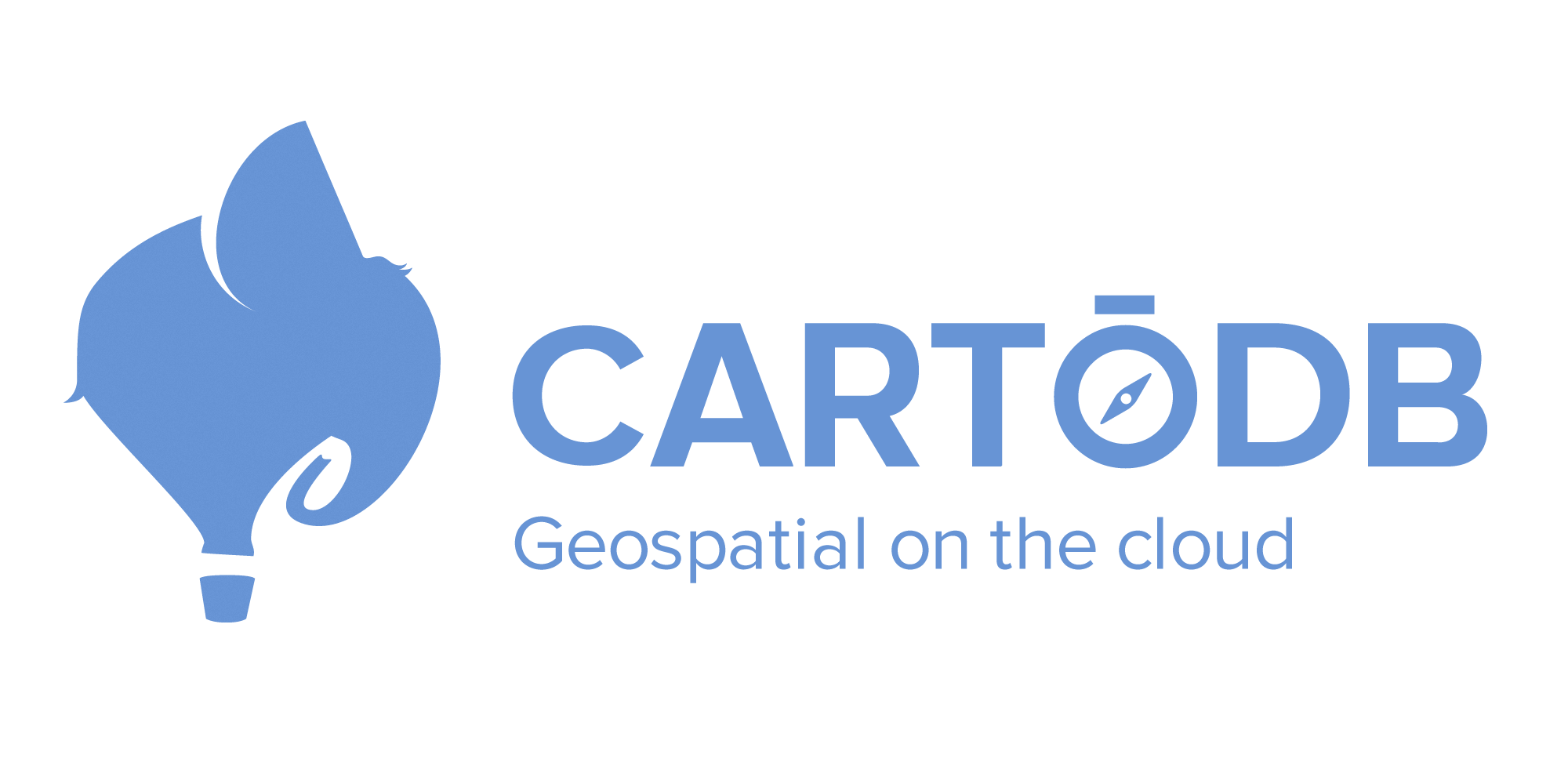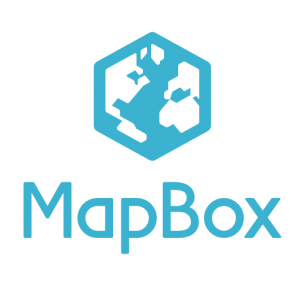Google has announced that they’reending support for Google Maps Engine. If you’ve used Google Maps Engine to store your vector and raster data, you should be aware thatyour GME data will disappear on January 29, 2016.
No better time than the present to migrate your geographic data to a replacement Maps Engine solution. But where to go? What technology can give you everything GME did?
- A place to store your geographic data in a web-based environment.
- Powerful visuals for inspecting and analyzing your data.
- Easy collaboration on maps.
- Real-time capabilities like dynamic rendering, alerts and notifications.
Let’s look at a few of the alternatives we’re aware of, and how you can migrate your data there without losing anything important. Please add your own suggestions in the comments.
You might find that one solution suits your requirements better than the others. I’d suggest testing out as many alternatives as you can before making your own decision about which is best.
Check out my follow-up post,How to Migrate your Google Maps Engine Data, to see how to get your data into whatever system you choose.
1. ArcGIS Online
 If you want everything you had in Maps Engine, thenArcGIS Onlineis probably your solution of choice. It’s made for creating interactive web maps and apps, and comes complete with all the analytical power and authoritative data you’d expect from an Esri product. Like GME, AGOL renders maps dynamically, which means it offers better visualization for data that’s constantly being updated.
If you want everything you had in Maps Engine, thenArcGIS Onlineis probably your solution of choice. It’s made for creating interactive web maps and apps, and comes complete with all the analytical power and authoritative data you’d expect from an Esri product. Like GME, AGOL renders maps dynamically, which means it offers better visualization for data that’s constantly being updated.
The ‘apps’ component is interesting: you canturn any of your feature services into apps, adding a new level of power to your data. AGOL also has no quotas or rate limits, offering more to organizations with high data volumes. They also haveArcGIS Open Data, which, if you’ve been usingGoogle Map Gallerywith Maps Engine, is an equivalent public dataset collection and distribution platform.
Getting your data out of Google Maps Engine and intoArcGIS Online is a one-step process using FME. Note you don’t need to have ArcGIS Desktop in order to use ArcGIS Online.
2. CartoDB
 CartoDBis also a full solution that would work nicely as a GME replacement. In fact, they’ve justpublished a blogcomparing the two and describing how easy it is to move your data from one to the other.
CartoDBis also a full solution that would work nicely as a GME replacement. In fact, they’ve justpublished a blogcomparing the two and describing how easy it is to move your data from one to the other.
In CartoDB, the web-based environment and spatially aware database components are handled by PostGIS in the cloud, while the visualization, collaboration, and analysis aspects are presented simply and beautifully in a web interface.
I need to stress the ease-of-use here. Last week I needed CartoDB for a demo video, and was apprehensive about needing to learn how to use it first. I created an account, logged in, and—that was it. I already knew how to use it. The simplicity of importing data, creating a map, and choosing how to represent my data was immediately obvious. Kudos, CartoDB.
CartoDB also offers dynamic rendering and geo-temporal visualizations, giving you real-time maps and the ability to see data as it happens.
Again, you can extract your data from Google Maps Engine and load it intoCartoDB in one step using FME.
3. iSpatial
 iSpatialis a complete map creation, visualization, storage, collaboration, and analysis solution. From their website: “iSpatial is a web-based collaborative framework that leverages Google Earth and Maps in a flexible, task-based approach to solving complex problems.”
iSpatialis a complete map creation, visualization, storage, collaboration, and analysis solution. From their website: “iSpatial is a web-based collaborative framework that leverages Google Earth and Maps in a flexible, task-based approach to solving complex problems.”
In addition to location-based inspection and analysis, it’s set up for real-time reporting and alerts management.
This technology is based on Google Earth/Maps, so if it’s the visual Google experience you’re after, this could be your solution. It also leverages Postgres/PostGIS in the back end.
是的,从谷歌Ma FME可以提取数据ps Engine and put it intoPostGIS in one step too.
4. A combination of Google products
 Google, of course, suggests replacing GME with a combination of their own solutions.Google Maps/Earthis obviously great for visualizing and creating maps, but what about the rest of what Maps Engine offered?
Google, of course, suggests replacing GME with a combination of their own solutions.Google Maps/Earthis obviously great for visualizing and creating maps, but what about the rest of what Maps Engine offered?
My Mapsis basically the map creation, visualization, and collaboration aspect of GME (up until a few months ago, it was actually called Google Maps Engine Lite). Storage, then, can be handled by migrating your data toGoogle Cloud SQL—a MySQL database in the cloud. Great, so now we have the web-based environment and database storage aspects.
接下来,桥的两个。一旦你得到数据from Google Maps Engine into the cloud-hosted MySQL database, you’ll have to follow their guide to build a spatial app using the Google Maps API. They’ve also provided an example vector data app and self-serve raster app for reference. Building stylized maps then involves a bit of JavaScript programming. Not an impossible migration, but not as straightforward as some of the solutions above, either.
If this is your solution, then guess what? You can extract your data from Google Maps Engine and put it intoGoogle Cloud SQL in one step using FME. Google even published a page describing how.
5. Mapbox
Mapbox is a great way to publish your geographic data. It’s scalable, cheap, and open source. This, however, is more of a “partial” GME replacement, and will need to be combined with other technology if you want to have everything you knew and loved about Maps Engine. For instance, it lacks some of the powerful data management and analysis tools found in the solutions above.
存储你的地图是由一个SQLite database (which FME also migrates to). On the front end, Mapbox uses TileMill for creating interactive maps—a design environment that leverages the stunning cartographic abilities ofMapnik.Creating web map tiles with FMEis a common scenario, andMBTilesis on our radar for an upcoming release (potentially FME 2016).
6. Your own custom integration
 In addition to those above, FME supports writing to many other cloud spatial data storage systems. If you’re not afraid of writing a bit of JavaScript, you can pick your favourite storage system (e.g.Amazon RDSorAurora), your favourite map creation library/framework, and bridge the two using JavaScript.
In addition to those above, FME supports writing to many other cloud spatial data storage systems. If you’re not afraid of writing a bit of JavaScript, you can pick your favourite storage system (e.g.Amazon RDSorAurora), your favourite map creation library/framework, and bridge the two using JavaScript.
Regardless of which technology you choose, rest assured you can easily migrate your data without losing anything. Google providedthis pageto walk you through exporting your stuff, whereFMEis one of the recommended migration strategies.
Extracting your data from Maps Engine with FME is as simple as dropping down a reader and entering your credentials. From there, you can move it to any of335+alternate systems, including those listed above. FME also offers hundreds of data transformation and quality control options if you need to manipulate the content or structure before loading it into another system.
As always, don’t hesitate tocontact our most excellent support teamif you need help getting your data wherever it needs to go.
If you’ve been using Google Maps Engine for your geographical data, please share: What alternative solution do you plan on using? Can you suggest any others?
See also:How to Migrate your Google Maps Engine Data

Tiana Warner
Tiana is a Senior Marketing Specialist at Safe Software. Her background in computer programming and creative hobbies led her to be one of the main producers of creative content for Safe Software. Tiana spends her free time writing fantasy novels, riding her horse, and exploring nature with her rescue pup, Joey.




